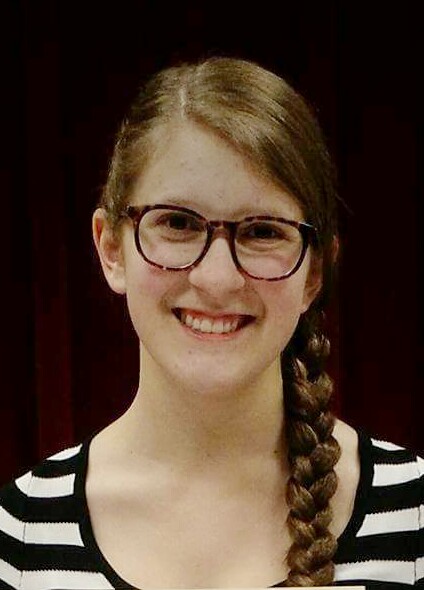Below is a summary of the abstract you submitted. Presenting author(s) is shown in bold.
If any changes need to be made, you can modify the abstract or change the authors.
You can also download a .docx version of this abstract.
If there are any problems, please email Dan at dar78@pitt.edu and he'll take care of them!
This abstract was last modified on May 9, 2016 at 11:59 a.m..

Through the SEA-PHAGES program in Fall 2015, the Carthage College Biology Department isolated 56 novel mycobacteriophages that infect Mycobacterium smegmatis. Individual populations were isolated through a series of steps including enrichment, streak tests, dilution purification, and titer assays. Electron microscopy revealed that 54 of the phages are siphoviridae and two are myoviridae phages. DNA isolation was performed for each phage, and sequencing four of these phages’ genomic DNA revealed that three cluster B1 and one cluster C1 phages were isolated. The cluster B1 phages, SassyCat97, Surely and TomBombadil, were annotated and further characterized using a number of bioinformatics tools. The cluster B1 phages generally have high sequence similarity, and these phages are no exception. Surely and TomBombadil differ by only 8 basepairs and share 99% identity with SassyCat97. Currently, genomic differences between these three phages and other cluster B phages are being examined, along with investigation of possible differences in plaque morphology. These studies will help to broaden our knowledge of the cluster B phages.


